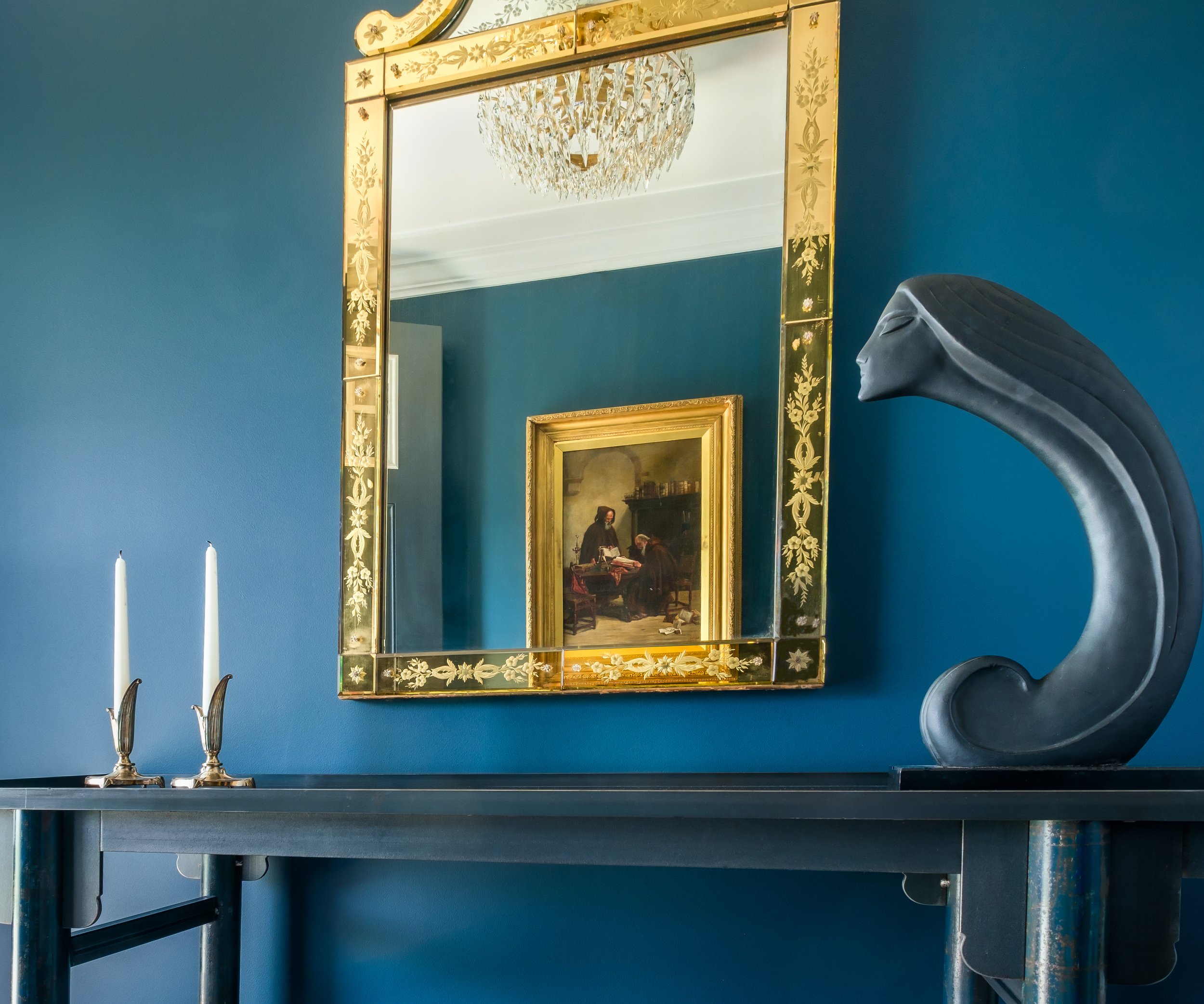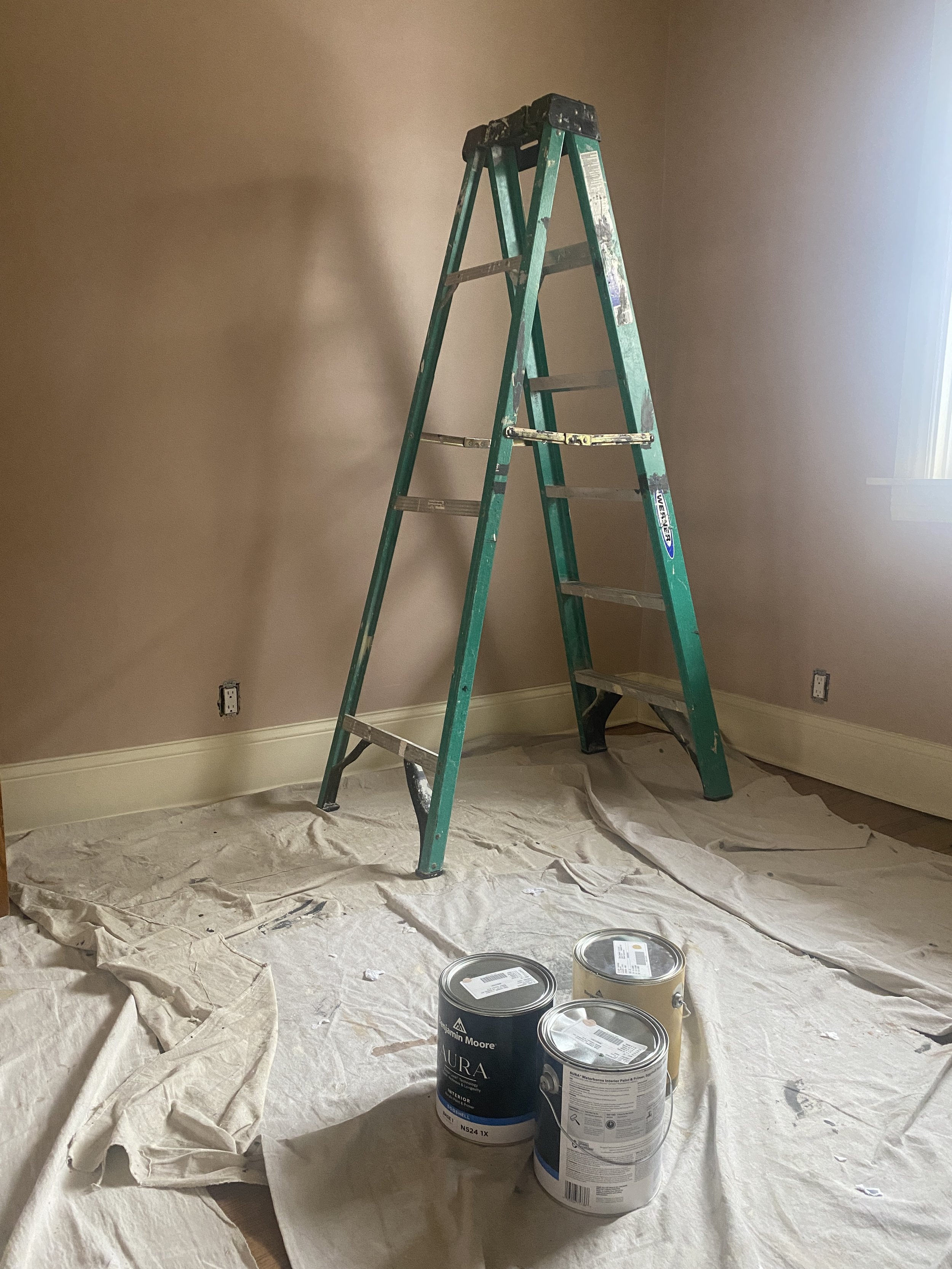DOPAMINE DECOR: Beauty vs. Feeling
The other day, I was paging through design books and started thinking about what made the design “good.” Was it the arrangement of furniture? The color of the walls? The perfectly staged objects? What is it exactly that makes a space beautiful?
And then it hit me.
Design isn't just about creating a space that looks good—it's about creating a space that feels good.
And to do that, you have to tap into your senses.
What looks good vs. what feels good
Photo Credit: Andrea Davis
Confession: I’ve been hooked on TikTok series’ where people show off their city apartments to a real estate influencer. Many of these city dwellers live in high rises surrounded by all glass. Now, I am intrigued by these apartments because the views of parks, lakes, and other high rises ARE their decor. Furniture selections are usually neutral, which is a good choice for apartments like these because it allows the vistas to be the art.
While I find these spaces beautiful, it doesn’t feel good to me because I don’t like feeling enclosed in all glass structures. In other words, what may look visually aesthetic doesn’t always translate into an environment that you might want to call your home.
Photo Credit: Max Harlynking
The same principle applies when I’m paging through catalogs of big box stores like Arhaus, Restoration Hardware, or Lulu and Georgia. The rooms are filled with on-trend neutrals, rustic woods, and plastered walls. I think these rooms look gorgeous. They hone in on a sense of earthiness that feel like you’ve escaped to rural countryside.
But it also doesn’t feel inspiring to me. I don’t see the art or heirlooms collected over the years. I don’t see rich colors or patterns that stimulate my eye, or feel texture that makes me want to plunge onto a sofa. Nor can I smell the old books that have been paged through time and again.
Dopamine decor and evoking your senses
You might be familiar with dopamine decor, a term coined to describe a vibrant interior style that sparks pleasure. Brilliant colors, bold prints, and whimsical pieces are a staple of this, and it’s easy to see why this trend has caught on—good design should rely on your senses and emotions.
It’s the smell, the collected visuals, and even the aural experiences of birds chirping in the background, music playing or floors creaking, that give you the feeling of home. Design should feel harmonious to your surroundings.
When I mix patterns, colors, textures and various collected pieces, I am in tune with what good design means to me. I can smell the feeling of home, and breathe the visuals around me that bring me that sense of calm and joy.
What to ask yourself when changing your space:
If you’re thinking about revamping your space or starting fresh, the first thing to figure out is how you want the energy to feel. Ask yourself:
How do you want it to smell? Candles, essential oils, fresh cookies in the oven all contribute to the vibe of your space and can boost your mood.
What colors light up your senses? Do you want to feel calmness, joy, coziness? Colors can make a strong impact on how you interact with your space.
How do you want the room to sound? Imagine a playlist running through your head. What soundtrack would compliment the design of the room.
How do you want your room to feel? Think about the textures of the room and how you feel when touching fabrics like velvets, leathers or linens. Fabrics are fashion for the room. Does wearing velvets make you feel luxurious, or too stiff and uptight?
Are there important objects that you want to display?
There’s no checklist or rulebook for what constitutes beautiful design, and that’s a good thing. Your senses are the blueprint of your design—let them lead the way.






